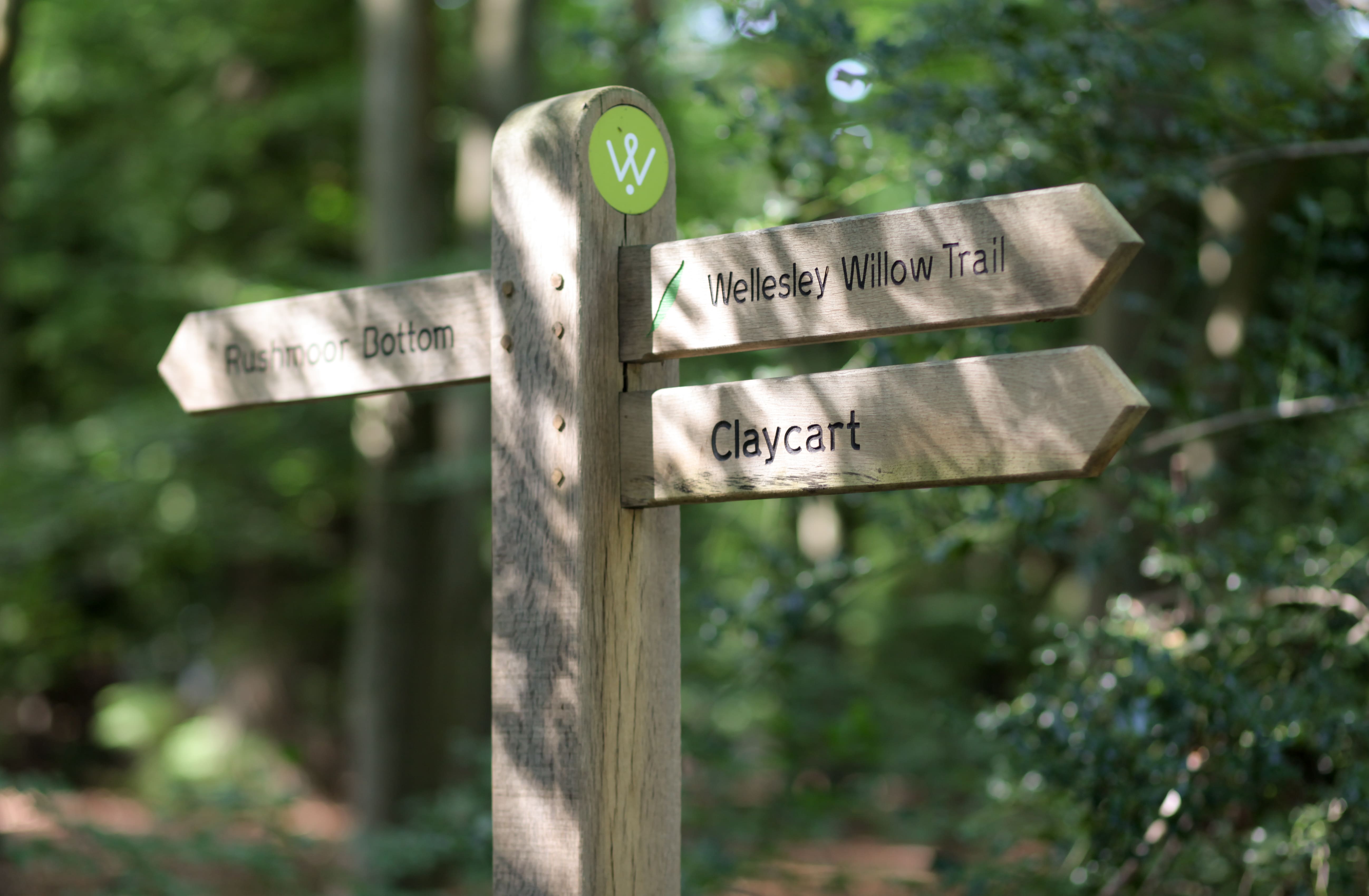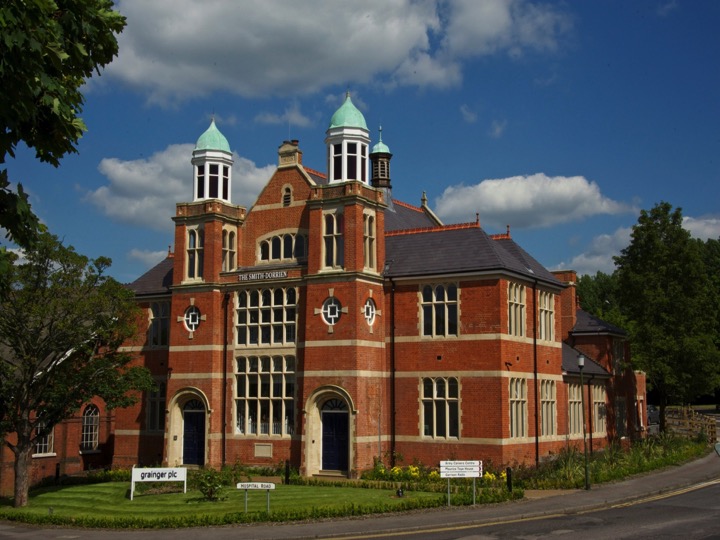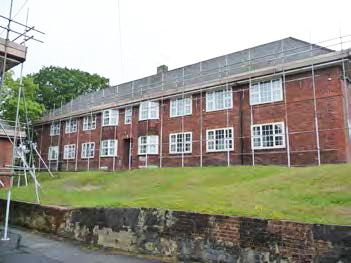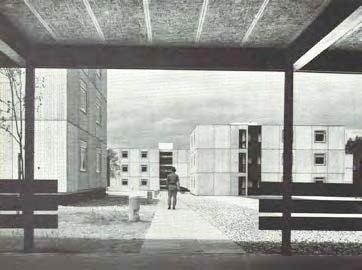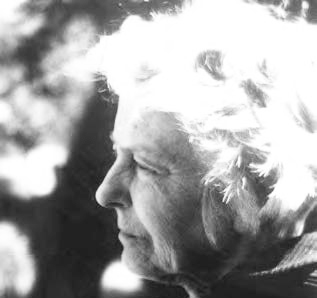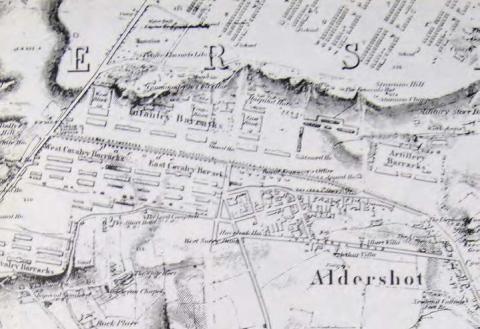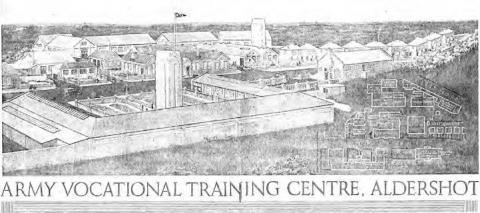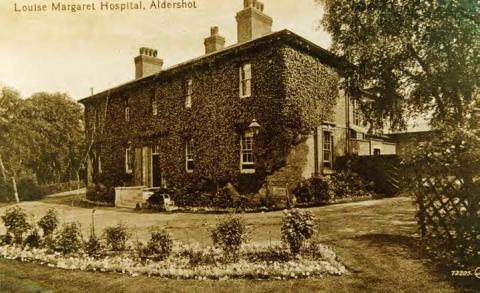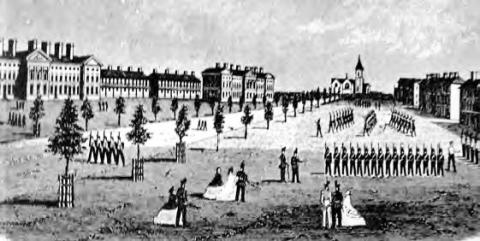2016 – Present Day : Land Trust Management
Wellesley Woodlands lie at the heart of Wellesley, a new housing development on the site of part of the former Army Garrison in Aldershot. The development will comprise 3,850 new homes, as well as the restoration of six listed buildings, two new primary schools, a neighbourhood centre with local shops, play areas, day care facilities,

